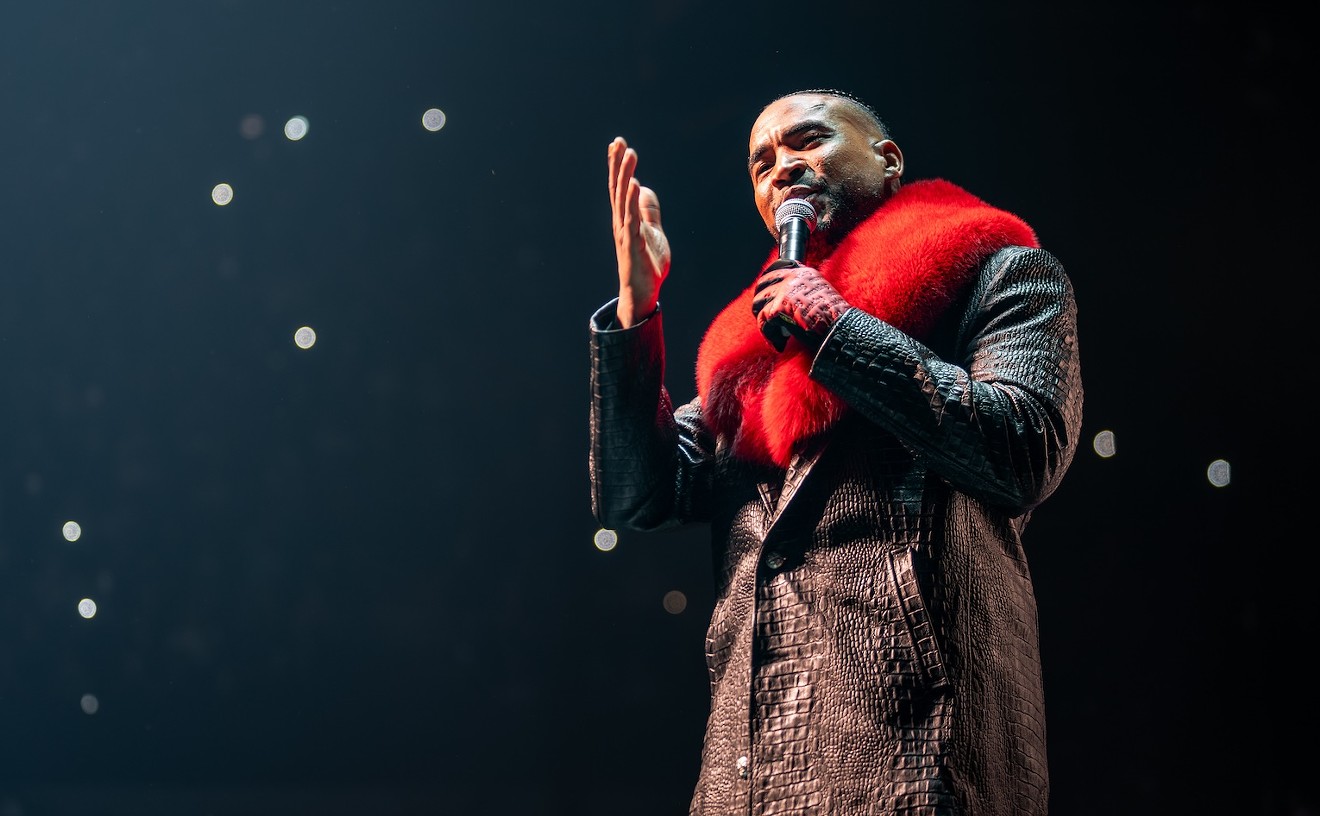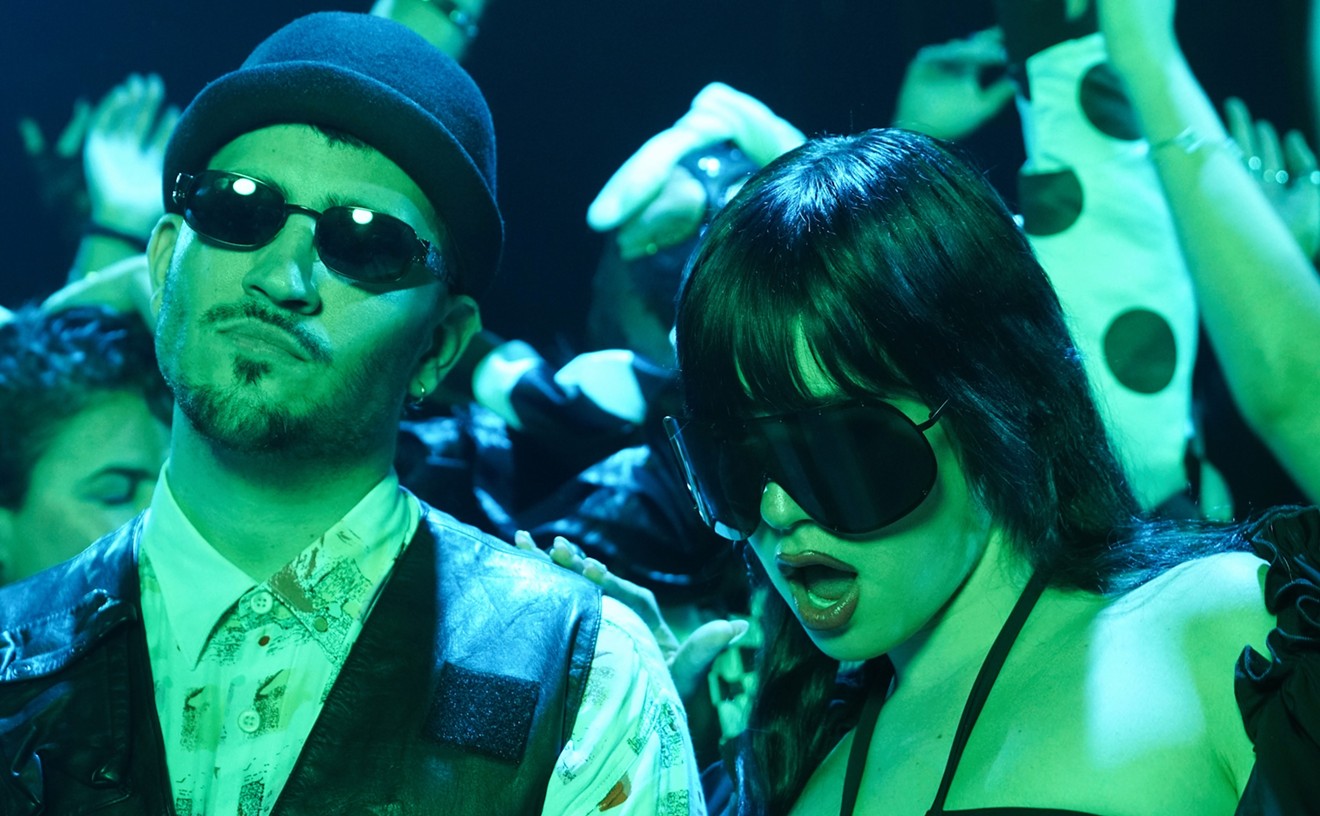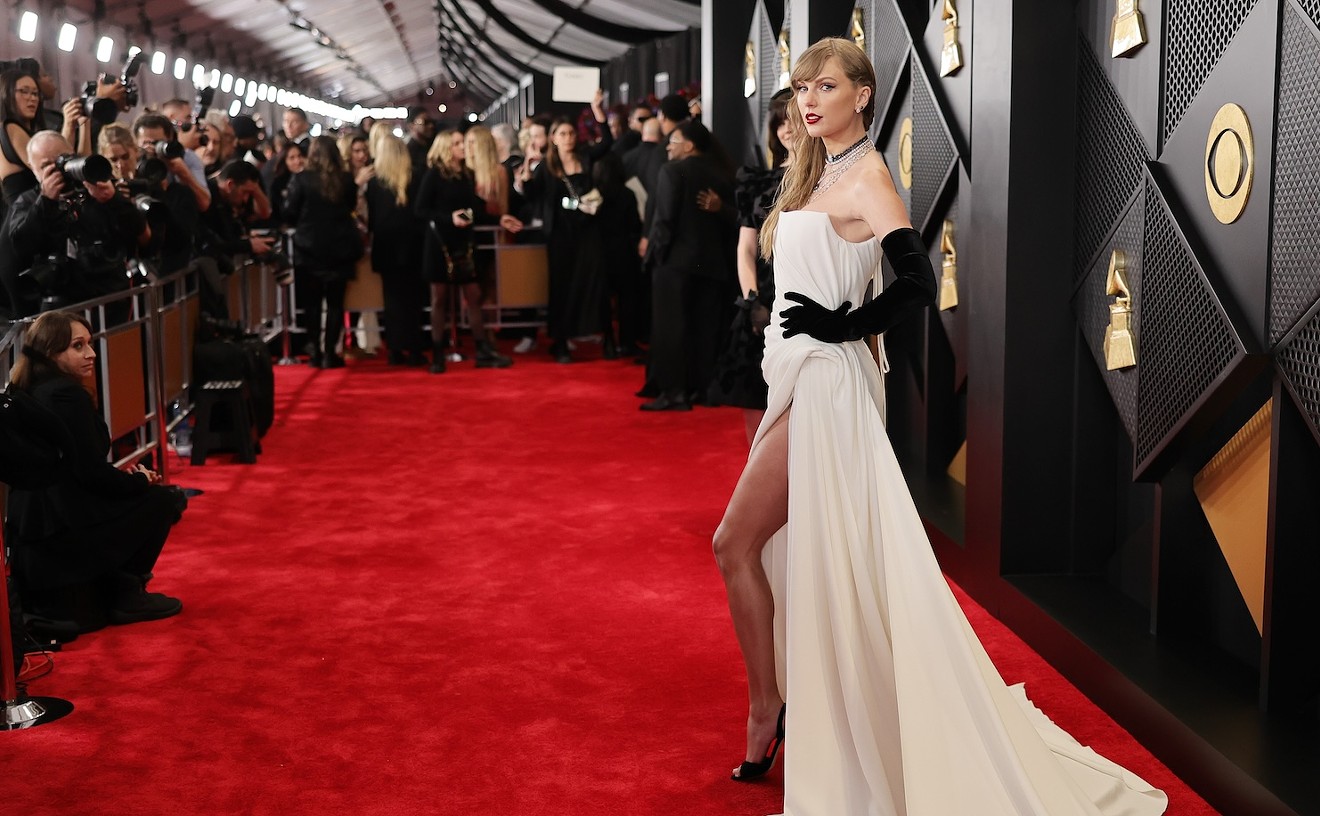Anticipation for the Fest builds year-round. On Halloween weekend, punks from all over the continent swarm the quaint college town of Gainesville, Florida, for the three-day punk music festival that has become a mainstay in its 14-year history. Gainesville hotels are booked months in advance. In the hours before the first set, lines already circle the block at all the downtown venues hosting shows.
Held annually since 2002, the Fest features some of the more popular punk bands as well as the more obscure, from pop-punk to hardcore. Shows are performed across town at open-air venues like Bo Diddley Plaza and smaller, more intimate bars like Durty Nelly's and Tall Paul’s.
When the Fest first started, 60 bands claimed four stages over two days. The festival has expanded every year since its inception. Most of this growth can be linked to a healthy relationship with the city and good behavior on the part of the attendees. Fest organizers boast that there has never been a single fight at between ticket-holders. Again this year, with more than 300 bands performing on 15 stages over three days, we didn't see a single punch thrown.
From Miami, the road to the Fest is paved with anti-abortion signs and alligator attractions. After braving the conservative crevices of Florida, Gainesville sits as a progressive oasis. During the Fest, Gainesville’s streets, draped in Spanish moss, feel like a bizarre punk-rock high school. There are cliques huddled about, noting each other’s scene points — tattoos, fluorescent dyed hair, and ironic band merch. It feels a bit like school picture day. Trying to impress the array of strangers can be nerve-wracking, but the jitters calm once the feedback kicks in. On Friday night at a cowboy bar, New York-based indie-pop act Lemuria sang romantic, hopeful songs to a sea of punks dressed overwhelmingly in black. Everyone was excited for its performance. I was especially because I hadn’t seen them perform in eight years and never before in Florida. And Lemuria didn't disappoint, blasting through their hour-long time slot with an intensity usually reserved for hardcore bands.
Saturday was packed with shows from 1 p.m. until 1:30 a.m. '90s emo darlings Braid played a set of both old favorites and new tracks at Bo Diddley Plaza that was pulsing with raw emotion.
The California-based Knapsack rounded out the evening. Except for playing a handful of scattered dates, the popular emo band has been largely inactive since 2000. Regardless of the gaps between their performances, the set was performed with expertise. Though everyone was happy with the reunion, the return was bittersweet, like kissing your old crush at your high school reunion — sure, it was fun, but part of you wishes it happened back in high school.
It’s impossible to catch every show at the Fest, and the fear of missing out on an epic set is enough to strike any punk with real panic. But by Sunday, the crowd’s collective anxiety waned. People just wanted to hear good live music. For example, the Nevada-based screamo band Alaska has been on tour for the past four months yet didn’t display any signs of jet lag or fatigue. The group's sound was crisp and energetic on the Palomino’s stage. The crowd sang and danced along through the underlying collective sadness that the Fest was soon coming to an end.
Since the Fest is a gathering of punks from all over, it serves as a litmus test for the shape of the punk community as a whole. And while there is reason to be hopeful, there are also visible, gaping holes in the scene. To start, one big, obvious problem with the community is that the majority of bands consist of white people — mainly white men. The concert-goers are also mostly Caucasian too. For a group of people that touts inclusivity, it's not a good look.
About seven years ago, a separate annual festival called Queer the Fest was created in response to a lack of LGBTQ representation. Though the alternative Fest boasts live punk music and political workshops, there was little mention of it in any of the Fest's literature or by bands at shows.
This isn’t necessarily a malicious problem brought intentionally by show organizers but rather a deep and historical issue that many genres of music still struggle with, especially punk. But as the punk community evolves, organizers should try to get more bands with minorities, try to show more love to Queer the Fest, and lower ticket prices to make the event more accessible. The camaraderie of the punk community should be available to all.
[
{
"name": "Air - MediumRectangle - Inline Content - Mobile Display Size",
"component": "19274298",
"insertPoint": "2",
"requiredCountToDisplay": "2"
},{
"name": "Editor Picks",
"component": "17482312",
"insertPoint": "4",
"requiredCountToDisplay": "1"
},{
"name": "Inline Links",
"component": "18711090",
"insertPoint": "8th",
"startingPoint": 8,
"requiredCountToDisplay": "7",
"maxInsertions": 25
},{
"name": "Air - MediumRectangle - Combo - Inline Content",
"component": "17482310",
"insertPoint": "8th",
"startingPoint": 8,
"requiredCountToDisplay": "7",
"maxInsertions": 25
},{
"name": "Inline Links",
"component": "18711090",
"insertPoint": "8th",
"startingPoint": 12,
"requiredCountToDisplay": "11",
"maxInsertions": 25
},{
"name": "Air - Leaderboard Tower - Combo - Inline Content",
"component": "17482313",
"insertPoint": "8th",
"startingPoint": 12,
"requiredCountToDisplay": "11",
"maxInsertions": 25
}
]










